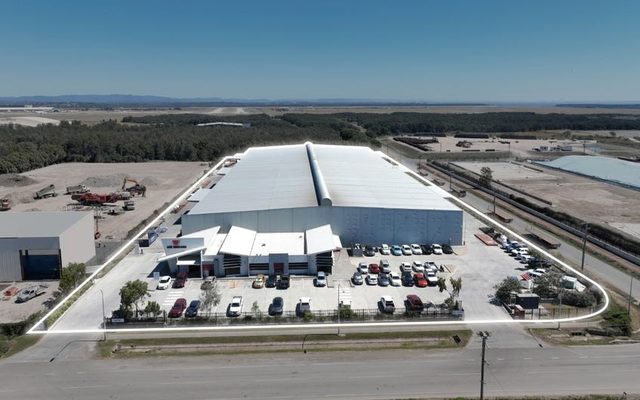This article is from the Australian Property Journal archive
METRICON acting chief executive Peter Langfelder has refuted reports that the homebuilder was on the brink of collapse but acknowledged the construction industry is facing significant challenges, as suppliers say the cost of building materials has risen by at least 35% and are expected to rise by another 10-15% over the next 12 months.
Langfelder said reports over the past 24 hours were baseless.
“Metricon is a long-term, viable business, with a strong history of performance. All our contracts are profitable, and we are up to date with all our payments: to contractors, suppliers, employees and trades.
“We’re in a strong position to continue as we have for the last 45 years,” said Langfelder. “It is business as usual.”
The company fronted the media yesterday after rumours that it was on the brink of collapse saw the company field calls from distressed customers.
The Herald Sun reported overnight Metricon was meeting with the Victoria government on Thursday morning to shore up support because it was facing solvency issues.
Metricon is one of a dozen builders to have met with the Victorian government in the past few days, Langfelder said it was to discuss challenges in the building industry including rising materials cost, supply chain constraints, labour shortages and delay on projects, as well the company’s transition following the sudden death of its founder and chief executive Mario Biasin.
Metricon is Australia’s largest home builder with 6,052 new home starts over 2020-21. It currently has 4,000 houses under construction and employs 2,500 people.
Premier Daniel Andrews reaffirmed that Treasurer Tim Pallas’ meeting with Metricon was to hear the industry’s concerns.
“I think it’s really important that we don’t add fuel… and perhaps make the job of dealing with their challenges even harder by speculating on things that we don’t know to be true,” Premier Andrews said.
Meanwhile Langfelder acknowledged that the building industry is facing challenges.
“I’m not saying everything’s fine. There are challenges, there are labour shortages. There are some delays and customers do need to be patient with all builders.
“The industry is going through a pretty tough time, as many industries are,” he said.
One of the company’s main suppliers, Southern Star Windows’ boss Paul Armstrong said the cost of materials pressure continues mount, with timber rising by at least 35%, along aluminium and glass.
The latest data from the Australian Bureau of Statistics revealed skyrocketing home building costs was the lead contributor in pushing inflation to its highest level in 20 years.
Continued concerns about inflation saw the Reserve Bank bring forward its interest rate hike earlier this month.
The price indices of residential housing construction show items that have increased the most are timber, board and joinery (such as structural timber, timber doors and windows, plywood and board) as well as steel products (such as steel beams and sections and reinforcing steel).
Charter Keck Cramer associate director Richard Temlett said to date revenue increases in the greenfield markets have been greater than cost increases and these costs have been able to be passed on to the purchaser in the form of higher prices.
“This is not the case in the medium and high-density space where revenues have not increased as much as costs and projects are no longer feasible,” he added.
Industry sentiment is that house building costs will increase by around another 10-15% over the next 12 months due the continued impact of China’s COVID-zero policy and Russia’s invasion of Ukraine.
“This is not a good sign for housing affordability, the stability of the construction industry and the overall supply of new dwellings (houses, townhouses and apartments) over the next few years. ” Temlett said.
Construction costs – Melbourne
Across Australia trade costs are at the forefront, following the high profile collapses of Probuild and Condev.
Major non-bank lender and commercial real estate financier MaxCap’s chief investment officer Bill McWilliams highlighted the risks of construction price escalations and how developers and lenders are assessing the feasibility and stress testing projects.
But Australian builders are not alone in feeling the pressure, rising cost of building materials are impacting the construction industry globally.
Data from the US Bureau of Labour Statistics (BLS) revealed the cost of 9 out of 15 materials has risen by over 20% and four by more than 50%. Whilst in Canada, data from ConstructConnect shows 22 out of 26 material inputs have risen by more 20%.





